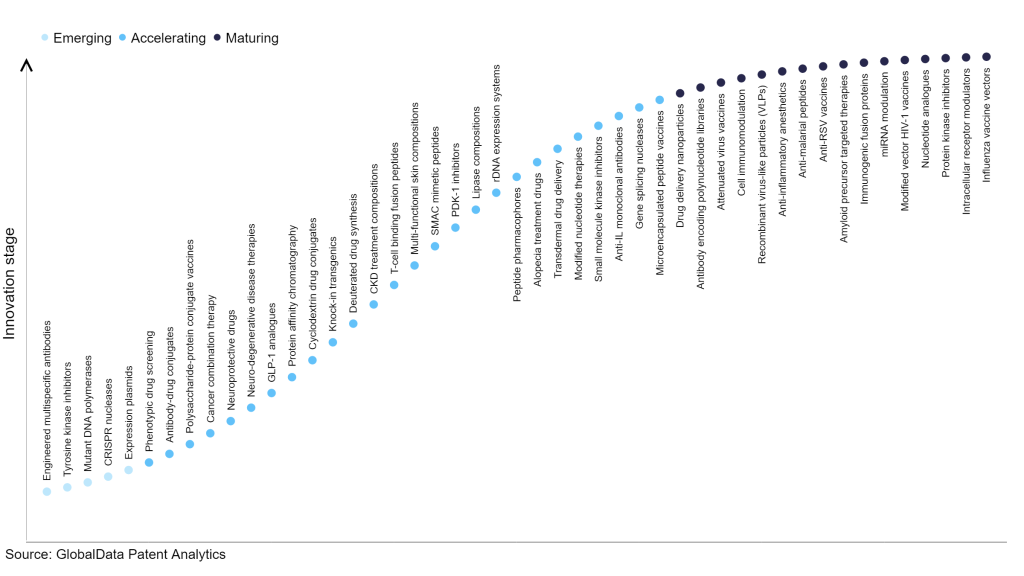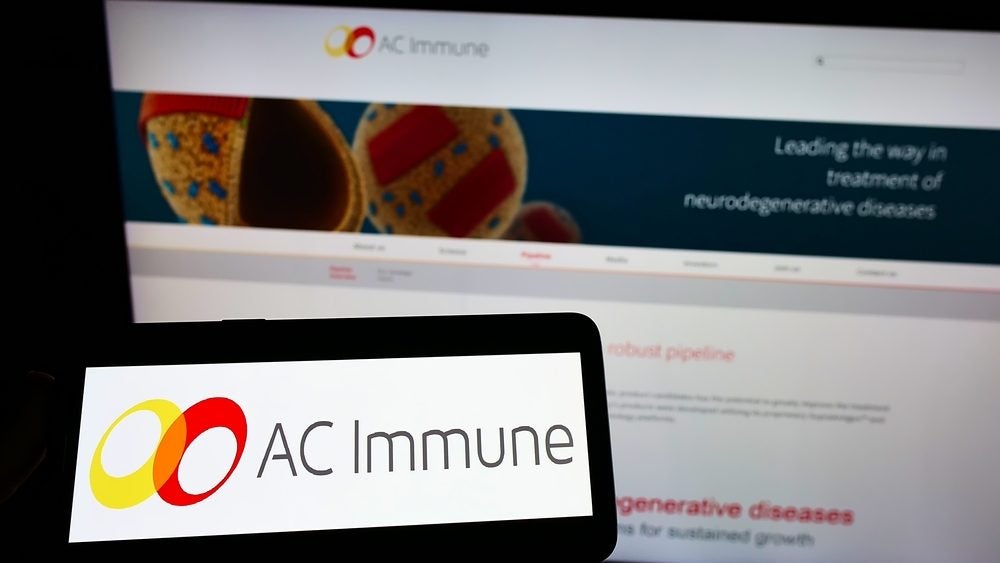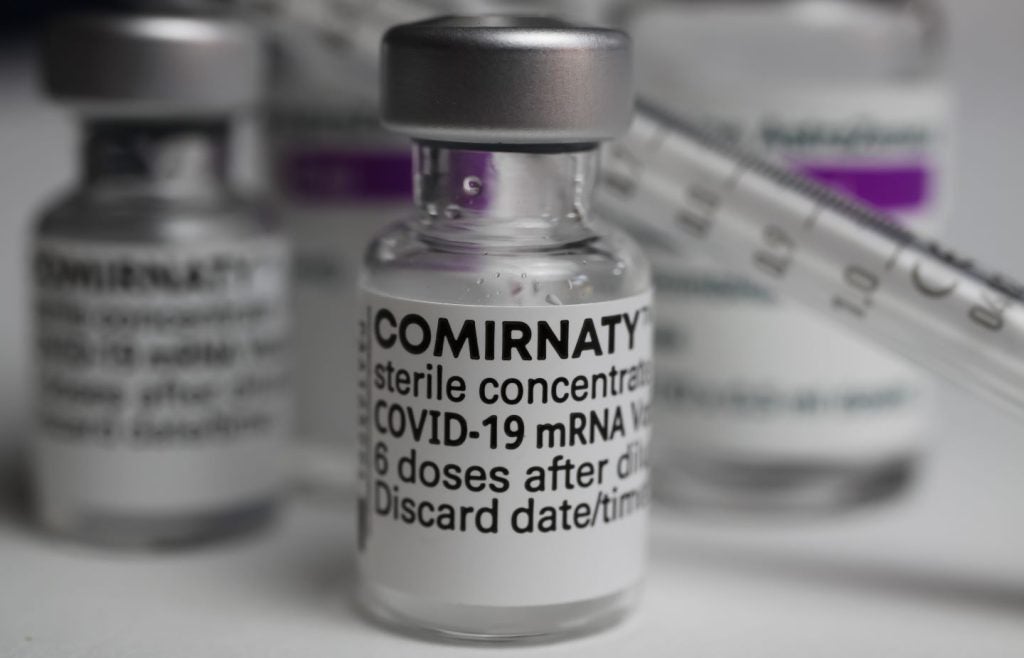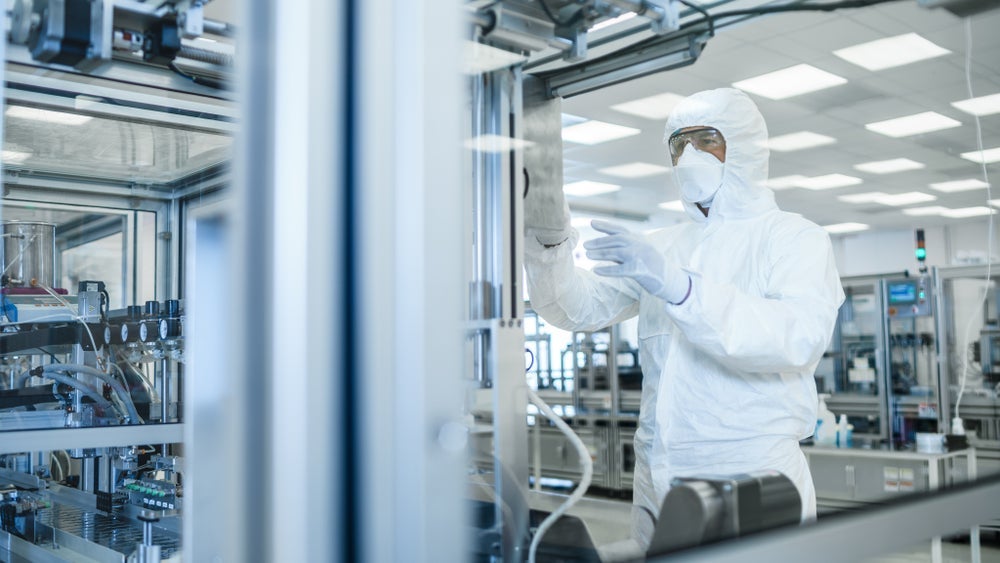The pharmaceutical industry continues to be a hotbed of patent innovation. Activity is driven by the evolution of new treatment paradigms, and the gravity of unmet needs, as well as the growing importance of technologies such as pharmacogenomics, digital therapeutics, and artificial intelligence. In the last three years alone, there have been over 787,000 patents filed and granted in the pharmaceutical industry, according to GlobalData’s report on Innovation in pharma: knock-in type transgenic animals. Buy the report here.
However, not all innovations are equal and nor do they follow a constant upward trend. Instead, their evolution takes the form of an S-shaped curve that reflects their typical lifecycle from early emergence to accelerating adoption, before finally stabilizing and reaching maturity.
Identifying where a particular innovation is on this journey, especially those that are in the emerging and accelerating stages, is essential for understanding their current level of adoption and the likely future trajectory and impact they will have.
80+ innovations will shape the pharmaceutical industry
According to GlobalData’s Technology Foresights, which plots the S-curve for the pharmaceutical industry using innovation intensity models built on over 668,000 patents, there are 80+ innovation areas that will shape the future of the industry.
Within the emerging innovation stage, engineered multispecific antibodies, tyrosine kinase inhibitors, and mutant DNA polymerases are disruptive technologies that are in the early stages of application and should be tracked closely. Phenotypic drug screening, antibody-drug conjugates, and polysaccharide-protein conjugate vaccines are some of the accelerating innovation areas, where adoption has been steadily increasing. Among maturing innovation areas are drug delivery nanoparticles and antibody encoding polynucleotide libraries, which are now well established in the industry.
Innovation S-curve for the pharmaceutical industry

Knock-in transgenics is a key innovation area in the pharmaceutical industry
Knock-in mice are genetically modified mouse models in which a gene sequence is inserted at a particular locus to understand the impact of the inactivation of a particularly targeted gene function. Constitutive knock-in, humanization knock-in, reporter/tag knock-in, and targeted transgenics are a few examples of different knock-in types that use the Rosa26 locus, which offers complete control of the gene expression. Scientists often use embryonic stem cells to insert entirely new genes into specific locations in the genome.
GlobalData’s analysis also uncovers the companies at the forefront of each innovation area and assesses the potential reach and impact of their patenting activity across different applications and geographies. According to GlobalData, there are 270+ companies, spanning technology vendors, established pharmaceutical companies, and up-and-coming start-ups engaged in the development and application of knock-in transgenicse.
Key players in knock-in transgenics – a key innovation area in the pharmaceutical industry
‘Application diversity’ measures the number of applications identified for each patent. It broadly splits companies into either ‘niche’ or ‘diversified’ innovators.
‘Geographic reach’ refers to the number of countries each patent is registered in. It reflects the breadth of geographic application intended, ranging from ‘global’ to ‘local’.
Patent volumes related to knock-in transgenics
| Company | Total patents (2021 - 2023) | Premium intelligence on the world's largest companies |
| Regeneron Pharmaceuticals | 3231 | Unlock Company Profile |
| Sanofi | 428 | Unlock Company Profile |
| Biocytogen Pharmaceuticals (Beijing) | 204 | Unlock Company Profile |
| Ligand Pharmaceuticals | 175 | Unlock Company Profile |
| F. Hoffmann-La Roche | 156 | Unlock Company Profile |
| Recombinetics | 123 | Unlock Company Profile |
| Deerfield Management | 101 | Unlock Company Profile |
| Bristol-Myers Squibb | 96 | Unlock Company Profile |
| United Therapeutics | 77 | Unlock Company Profile |
| Merus | 73 | Unlock Company Profile |
| Synageva BioPharma | 68 | Unlock Company Profile |
| Spectrum Brands | 67 | Unlock Company Profile |
| Erasmus MC | 57 | Unlock Company Profile |
| Amgen | 48 | Unlock Company Profile |
| Kirin | 46 | Unlock Company Profile |
| Jackson ImmunoResearch Laboratories | 45 | Unlock Company Profile |
| Biogen | 44 | Unlock Company Profile |
| AstraZeneca | 42 | Unlock Company Profile |
| AbCellera Biologics | 40 | Unlock Company Profile |
| Baxter International | 36 | Unlock Company Profile |
| E. Merck | 35 | Unlock Company Profile |
| Crescendo Biologics | 35 | Unlock Company Profile |
| AgGenetics | 33 | Unlock Company Profile |
| ImmunoGen | 31 | Unlock Company Profile |
| LFB | 31 | Unlock Company Profile |
| Children's Medical Center | 26 | Unlock Company Profile |
| UK Research and Innovation | 24 | Unlock Company Profile |
| Cellectis | 24 | Unlock Company Profile |
| Teijin | 24 | Unlock Company Profile |
| Takeda Pharmaceutical | 22 | Unlock Company Profile |
| Government of South Korea | 22 | Unlock Company Profile |
| ITI Scotland | 22 | Unlock Company Profile |
| Helmholtz Association of German Research Centres | 21 | Unlock Company Profile |
| Vivoryon Therapeutics | 20 | Unlock Company Profile |
| Precigen | 20 | Unlock Company Profile |
| Transposagen Biopharmaceuticals | 19 | Unlock Company Profile |
| Cho-A Pharm | 19 | Unlock Company Profile |
| Verneuil Participations | 18 | Unlock Company Profile |
| Wellcome Trust | 18 | Unlock Company Profile |
| SAB | 17 | Unlock Company Profile |
| Commonwealth Scientific and Industrial Research Organisation | 17 | Unlock Company Profile |
| Centre National de la Recherche Scientifique | 17 | Unlock Company Profile |
| AquaBounty Technologies | 16 | Unlock Company Profile |
| Japan Science and Technology Agency | 16 | Unlock Company Profile |
| Sangamo Therapeutics | 15 | Unlock Company Profile |
| Cedars-Sinai Health System | 15 | Unlock Company Profile |
| Aviagen | 15 | Unlock Company Profile |
| PhoenixBio | 14 | Unlock Company Profile |
| Pharming Group | 14 | Unlock Company Profile |
| GC | 13 | Unlock Company Profile |
Source: GlobalData Patent Analytics
Regeneron Pharmaceuticals is the leading patent filer for knock-in transgenics. Regeneron Pharmaceuticals has a market cap of more than $80bn and is primarily focused on cancer, allergic and inflammatory diseases, eye diseases, metabolic and cardiovascular diseases, infectious diseases, neuromuscular diseases, and rare diseases. Regeneron has created the VelociSuite of Technologies, comprising VelociGene, VelociMouse, VelocImmune and VelociMab. Together, these technologies increase the efficiency and decrease the time involved in the discovery and generation of drug candidates. The company’s VelociMouse technology enables the immediate generation of genetically altered mice directly from modified embryonic stem cells.
In terms of application diversity, Teijin is the top company, followed by Vivoryon Therapeutics and Biogen. By means of geographic reach, Regeneron Pharmaceuticals holds the top position. Deerfield Management and Merus stand in second and third positions, respectively.
To further understand the key themes and technologies disrupting the pharmaceutical industry, access GlobalData’s latest thematic research report on Pharmaceutical.
Data Insights
From

The gold standard of business intelligence.
Blending expert knowledge with cutting-edge technology, GlobalData’s unrivalled proprietary data will enable you to decode what’s happening in your market. You can make better informed decisions and gain a future-proof advantage over your competitors.






